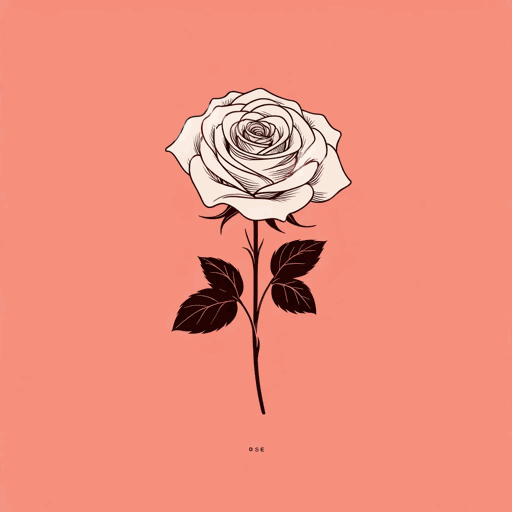44 pages • 1 hour read
Gabrielle-Suzanne Barbot de VilleneuveBeauty and the Beast
Fiction | Novella | Middle Grade | Published in 1740A modern alternative to SparkNotes and CliffsNotes, SuperSummary offers high-quality Study Guides with detailed chapter summaries and analysis of major themes, characters, and more.
Background
Literary Context: Abridgement and Adaptation
In 1756, 16 years after Barbot De Villeneuve first published Beauty and the Beast, Jeanne-Marie Leprince de Beaumont abridged the story and published it in a magazine geared toward young ladies of the upper class. At the time, Leprince de Beaumont was working as a governess in England and was influenced by the lifestyle of the well-to-do. Whereas the original version of the tale focused on the Beast’s transformation and had much to say about the status of women (specifically how few choices and rights they were afforded in regards to marriage), Leprince de Beaumont’s adaptation didn’t question societal norms, and rather than centering on the Beast’s curse, her version was a moral story for young women. Barbot De Villeneuve emphasized the ideal reality in which women could choose whom to marry and whether to stay in an unpleasant or frightening situation. By contrast, Leprince de Beaumont aimed to convince young ladies that the man was who he was and that rather than wish for things to be different, a proper lady’s place was to see past the ugliness to the good man beneath, whether or not this even existed.
Beauty and the Beast is heavily influenced by animal bridegroom stories, such as East of the Sun and West of the Moon, in which a woman is sold to a white bear who transforms into a man by night.
Featured Collections
Action & Adventure Reads (Middle Grade)
View Collection
Books Made into Movies
View Collection
Children's & Teen Books Made into Movies
View Collection
Class
View Collection
Class
View Collection
Family
View Collection
Fantasy
View Collection
Marriage
View Collection
Valentine's Day Reads: The Theme of Love
View Collection

